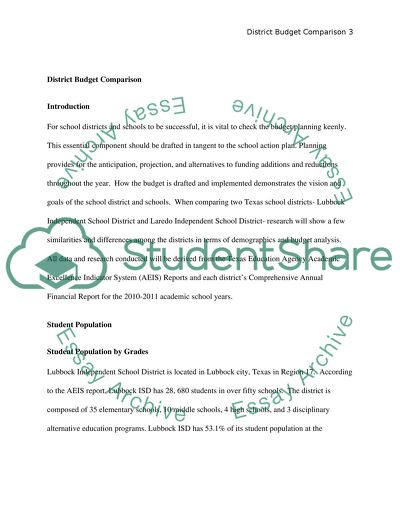Cite this document
(“District Budget Comparison Research Paper Example | Topics and Well Written Essays - 2750 words”, n.d.)
District Budget Comparison Research Paper Example | Topics and Well Written Essays - 2750 words. Retrieved from https://studentshare.org/education/1401644-district-comparison
District Budget Comparison Research Paper Example | Topics and Well Written Essays - 2750 words. Retrieved from https://studentshare.org/education/1401644-district-comparison
(District Budget Comparison Research Paper Example | Topics and Well Written Essays - 2750 Words)
District Budget Comparison Research Paper Example | Topics and Well Written Essays - 2750 Words. https://studentshare.org/education/1401644-district-comparison.
District Budget Comparison Research Paper Example | Topics and Well Written Essays - 2750 Words. https://studentshare.org/education/1401644-district-comparison.
“District Budget Comparison Research Paper Example | Topics and Well Written Essays - 2750 Words”, n.d. https://studentshare.org/education/1401644-district-comparison.


